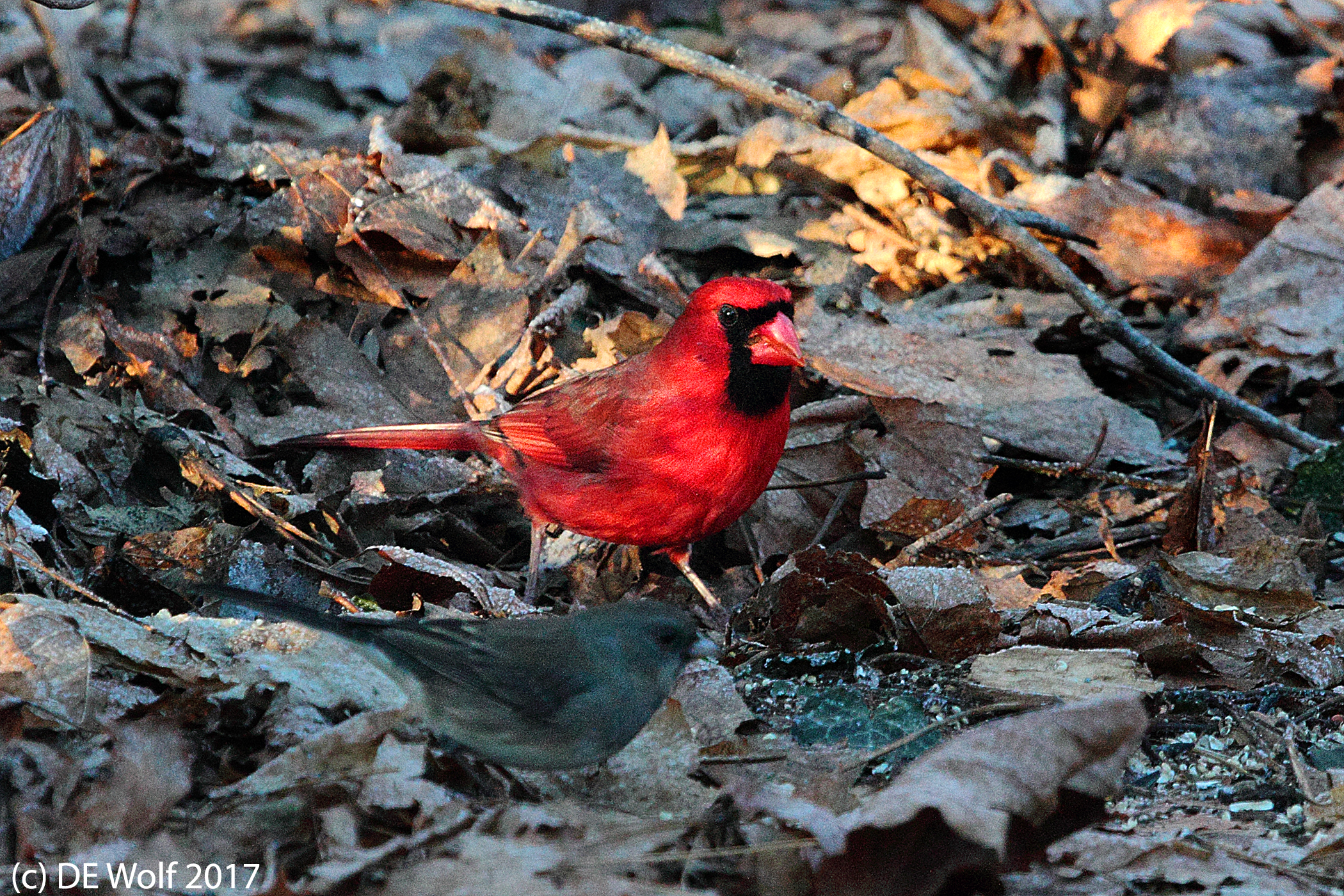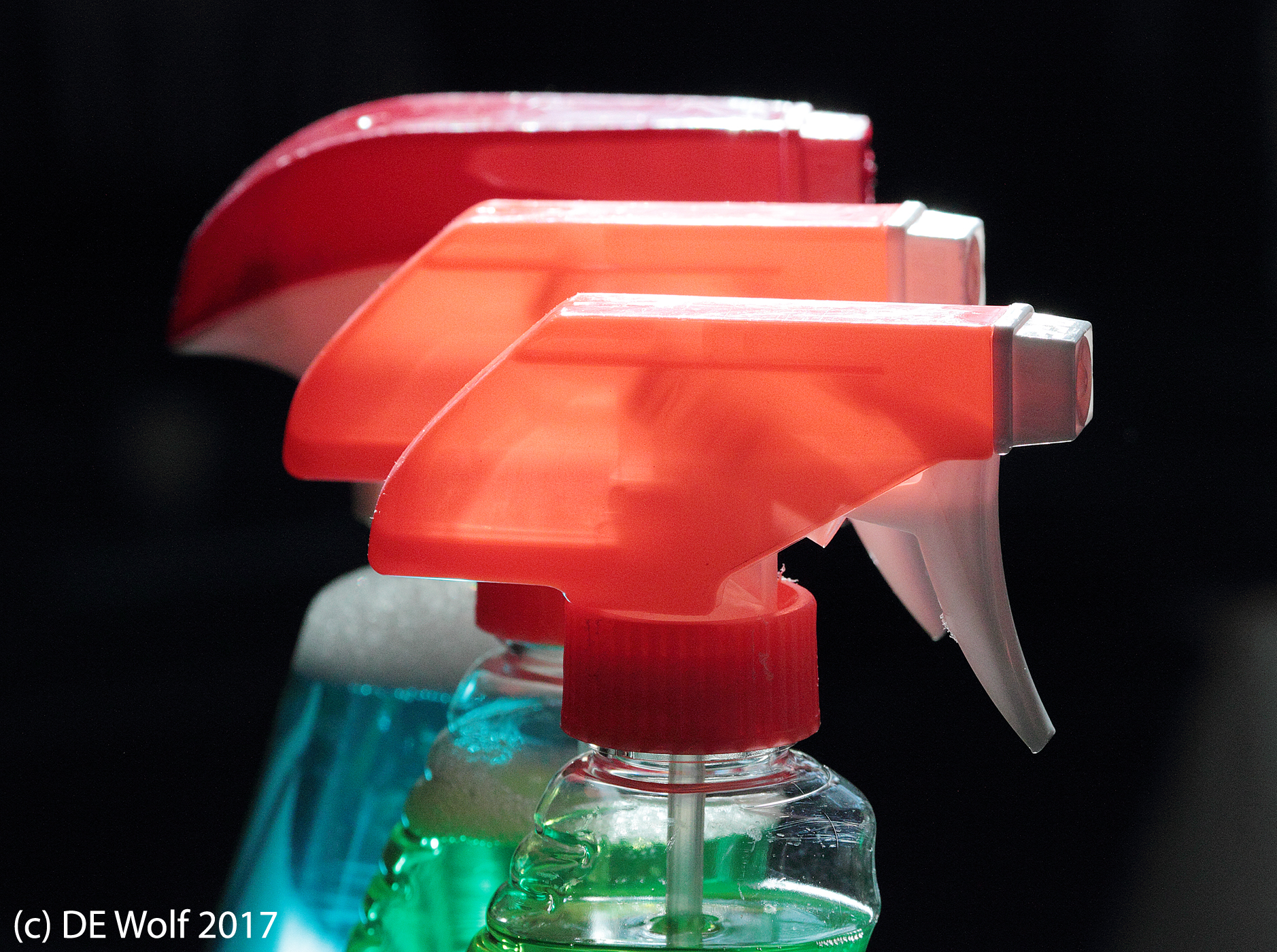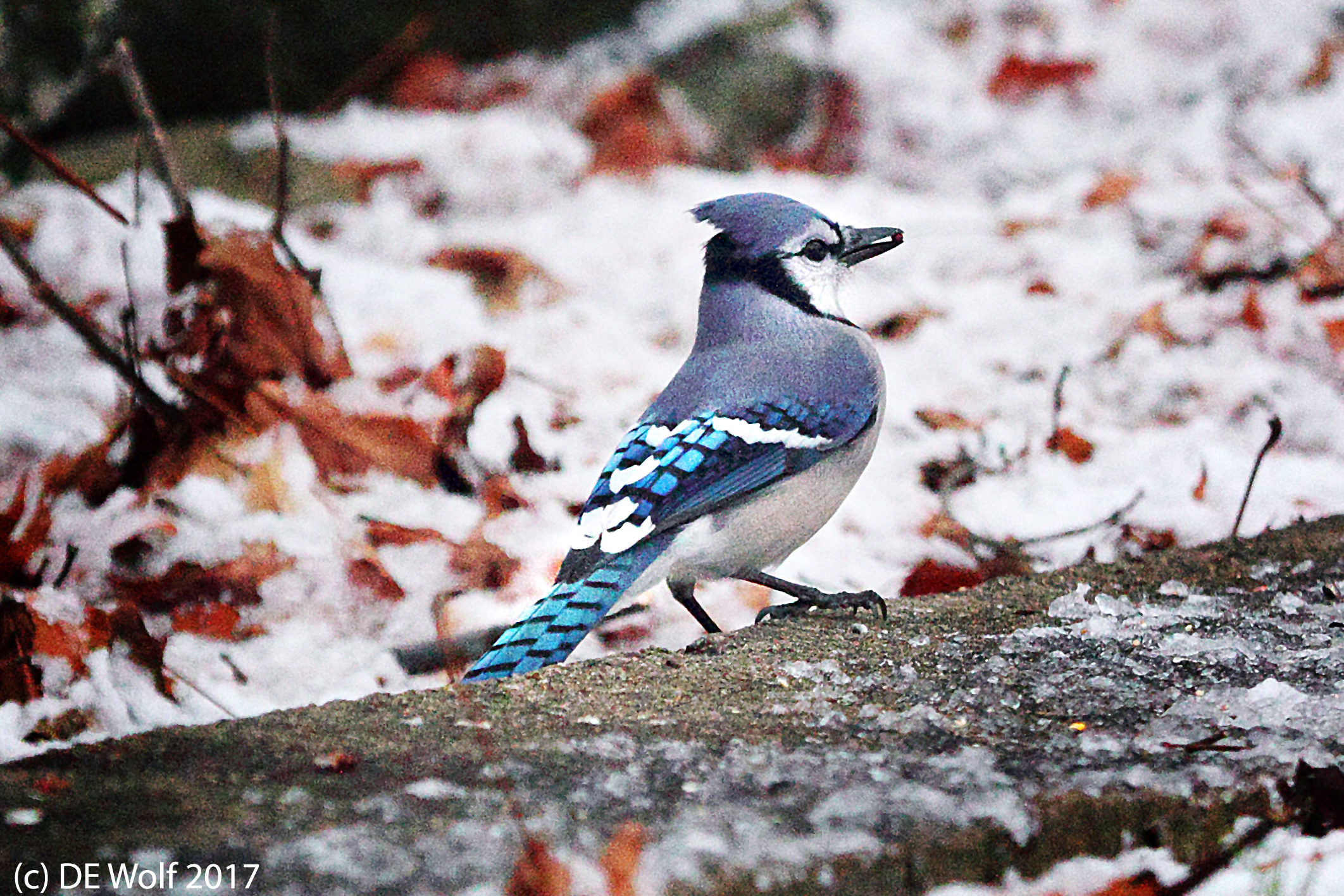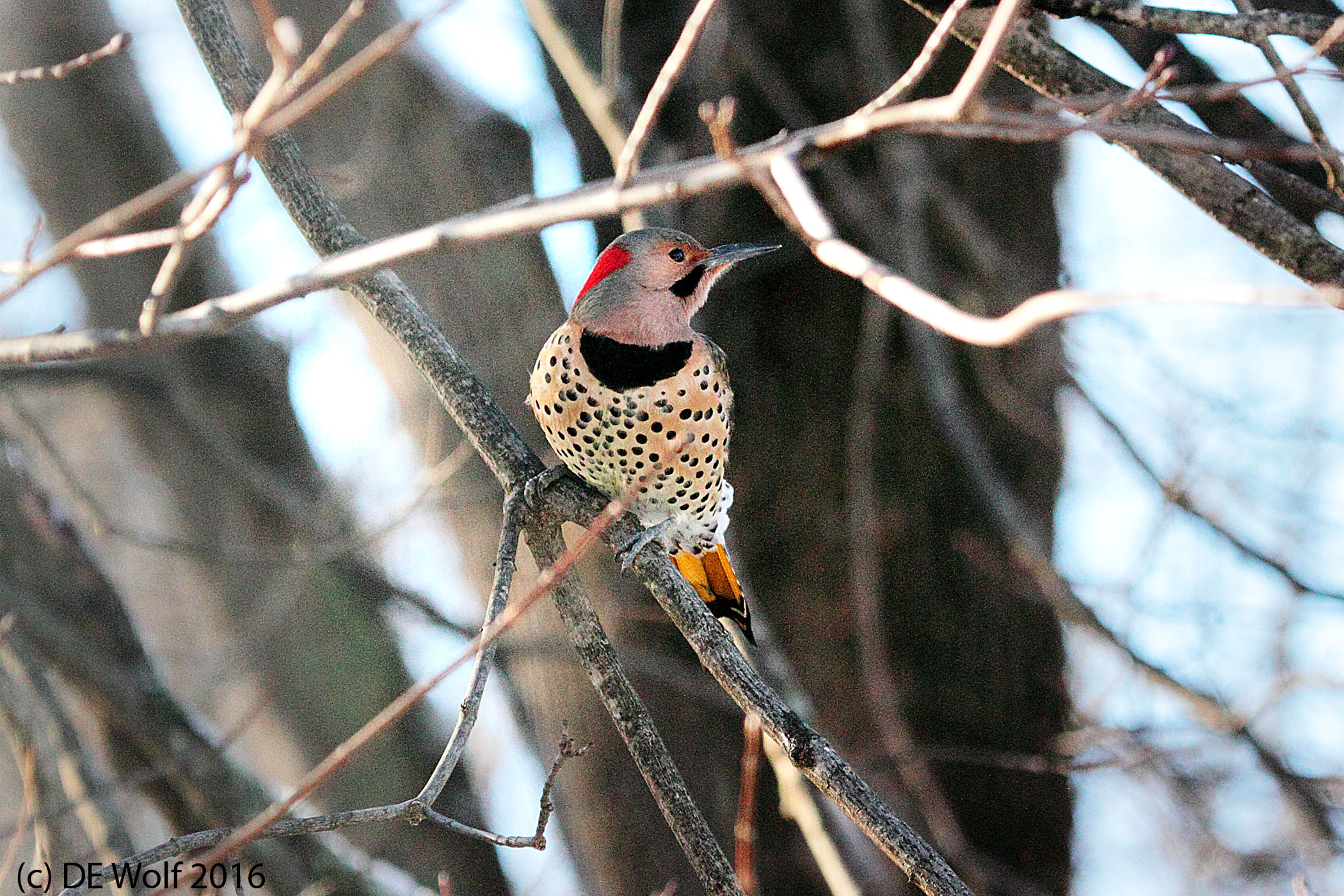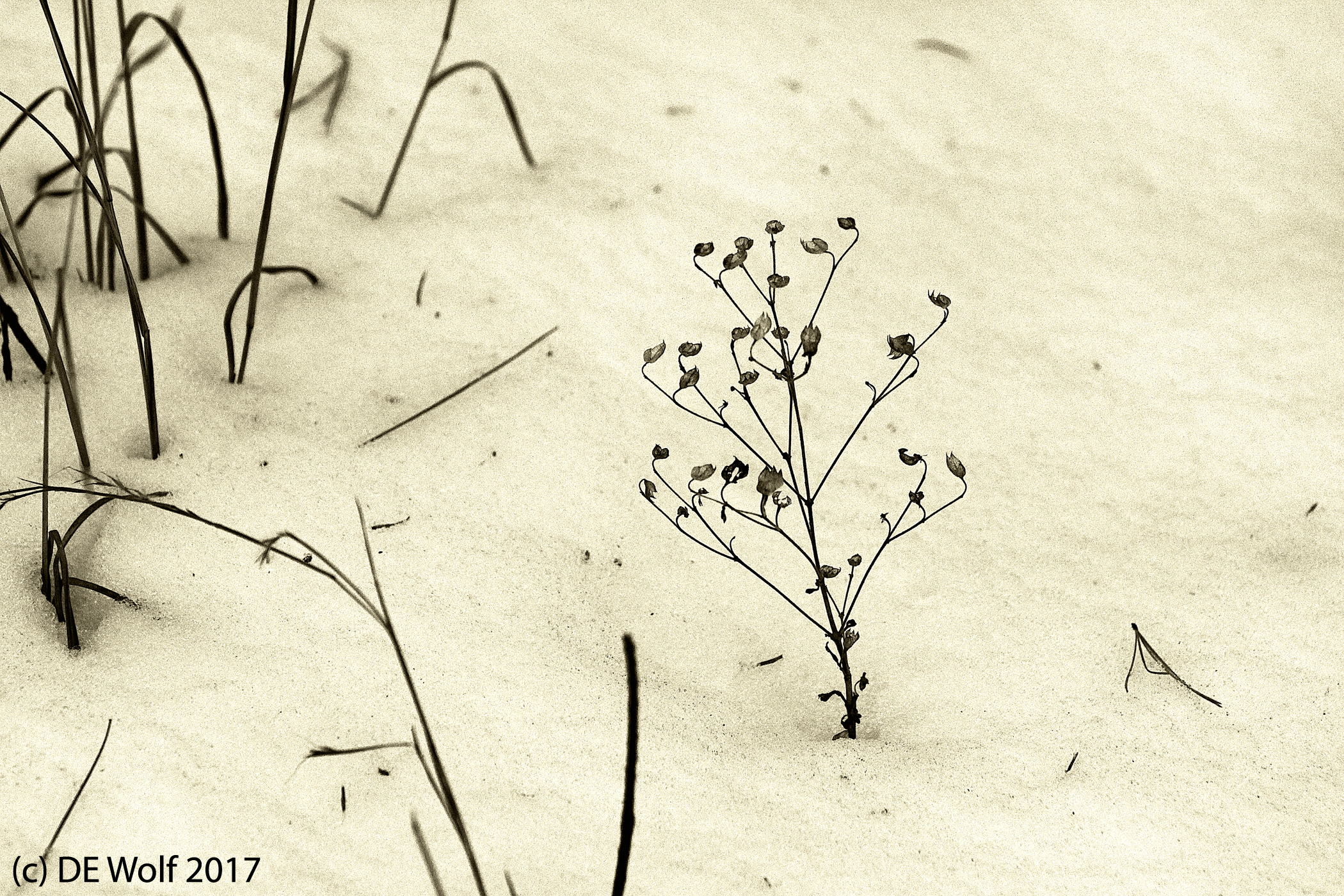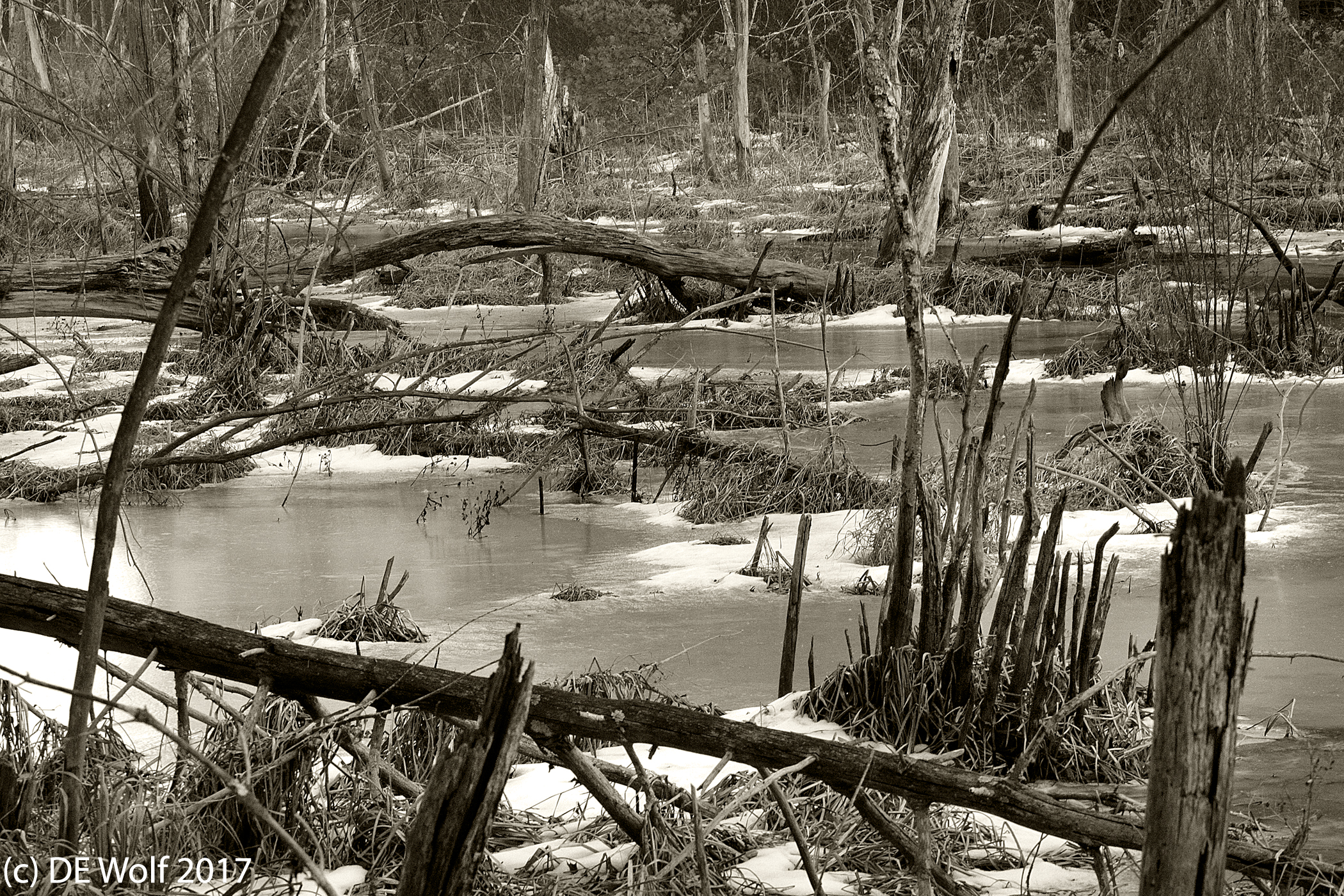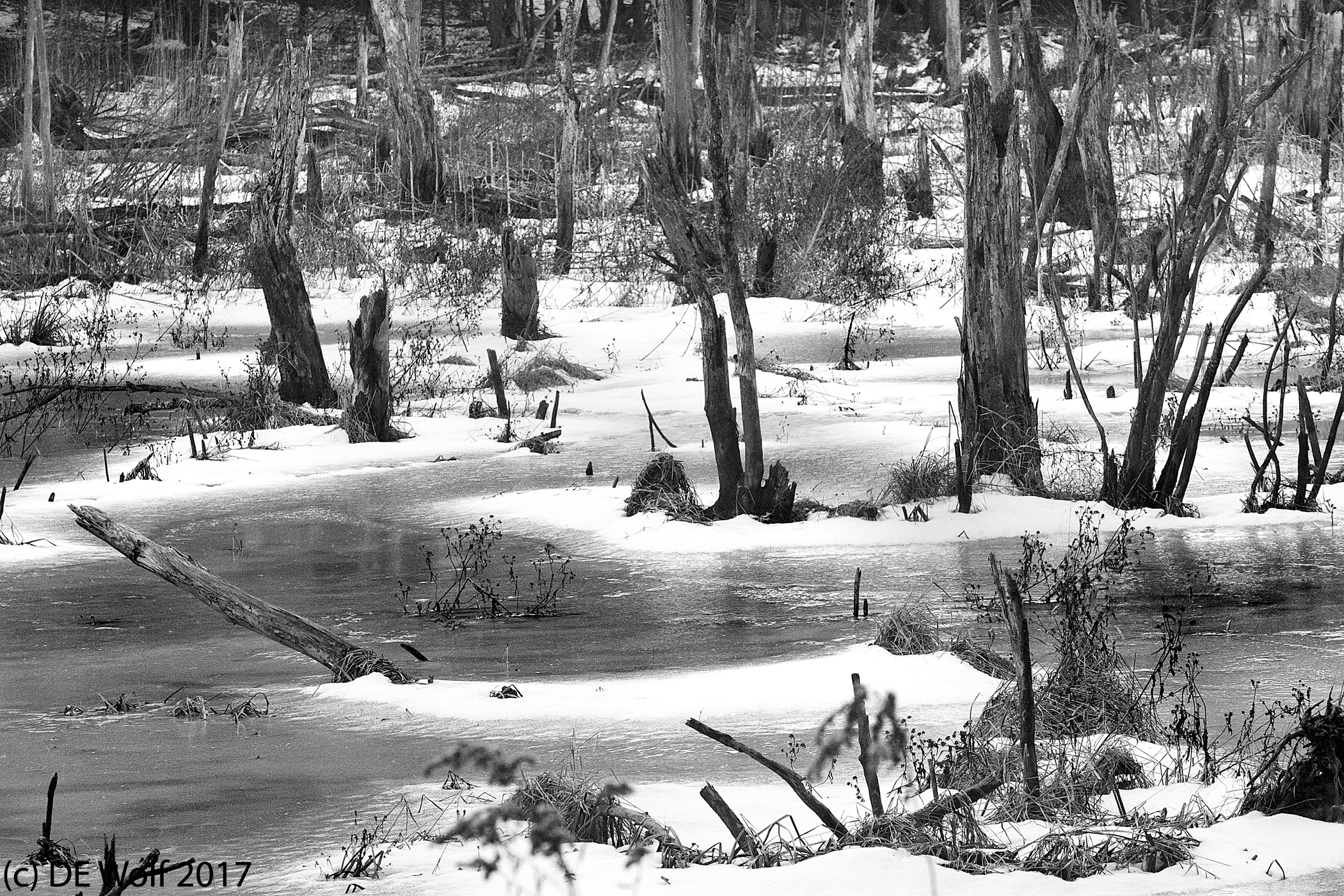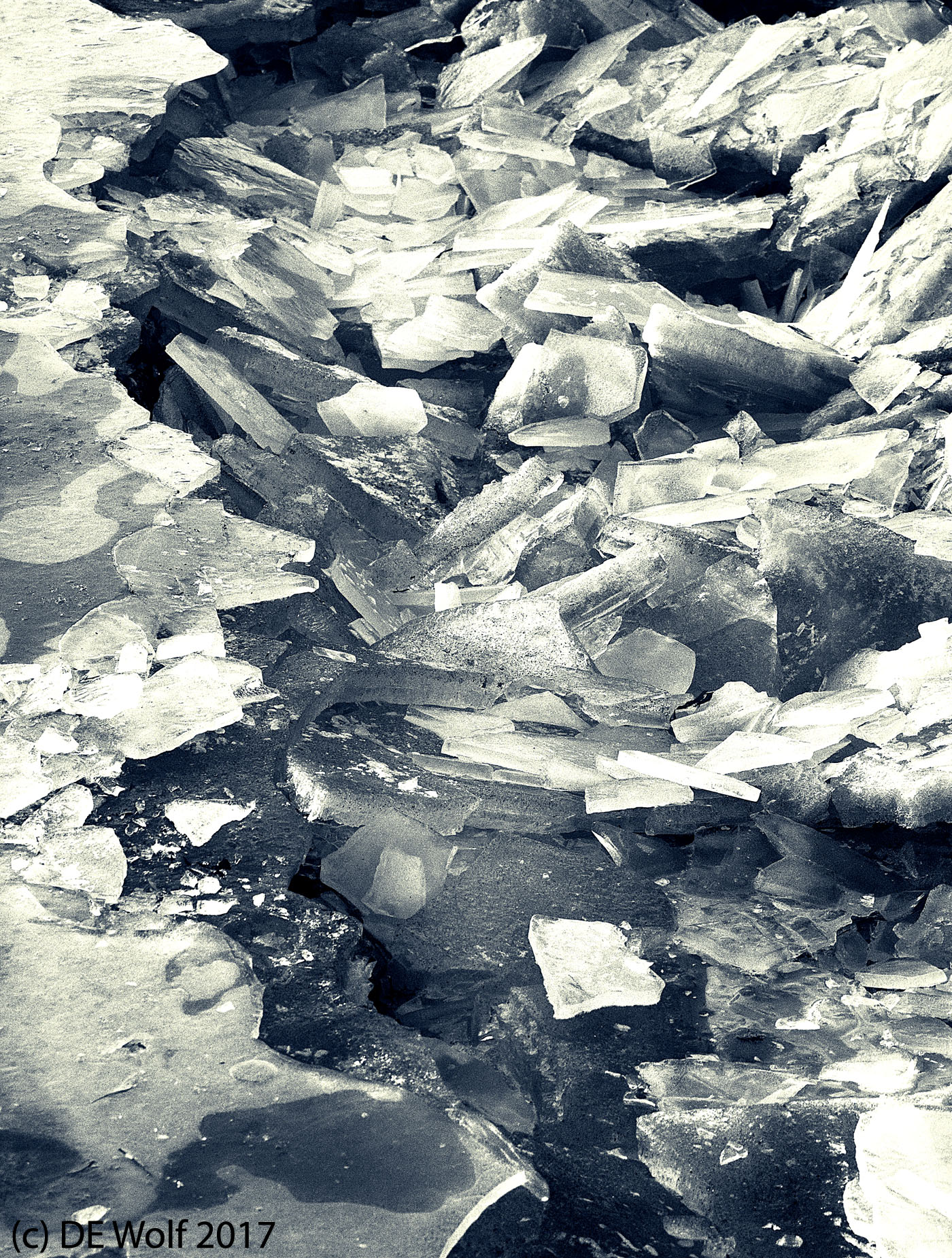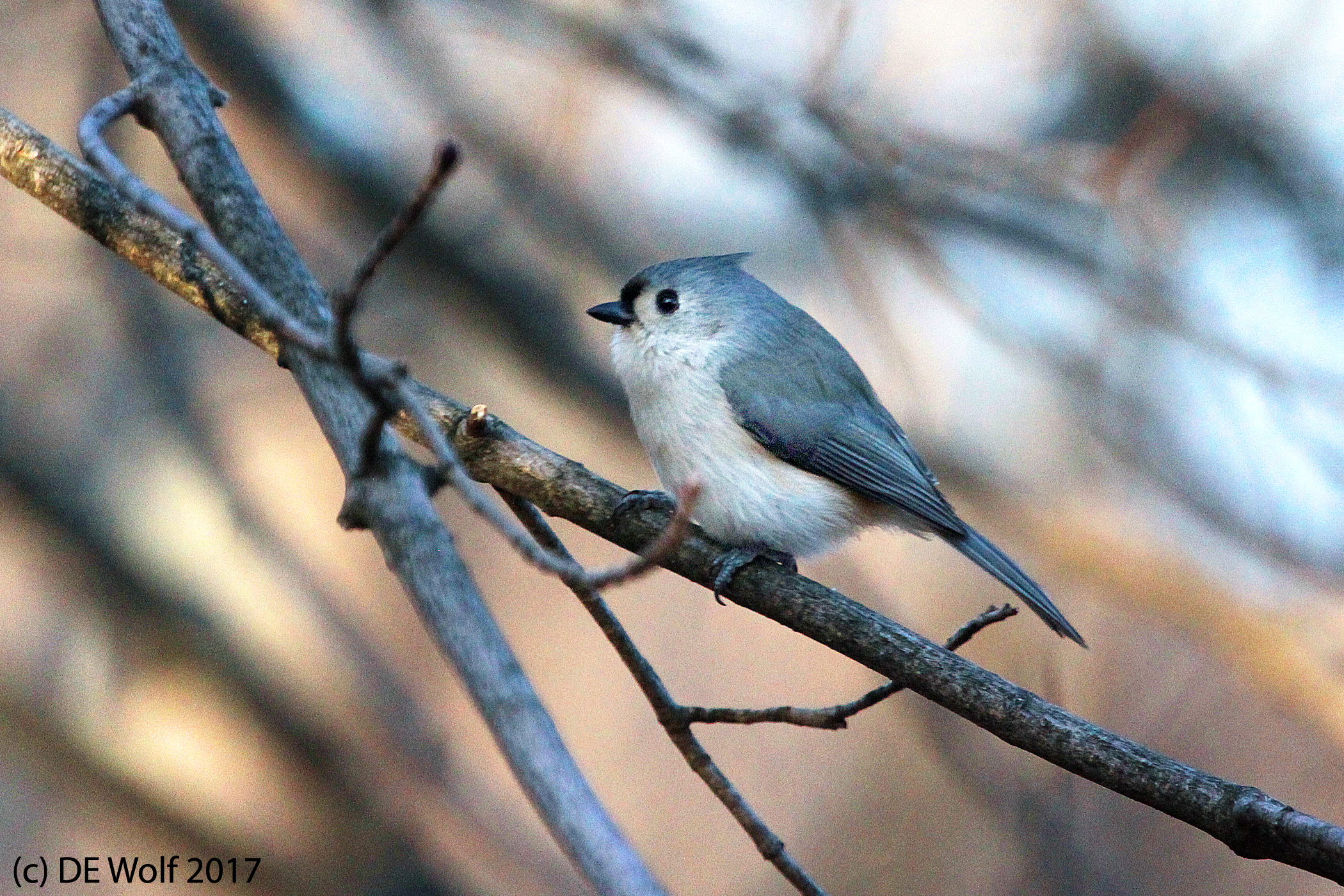
Figure 1 – Tufted titmouse, Sudbury, MA. (c) DE Wolf 2017.
Here in New England, winter is fully set in. Although, the temperatures have been fluctuating between seasonably cold and unseasonably warm. As a result, the snow is almost all gone from the woods. There is, of course, a little pile at the end of my north-facing driveway that will probably linger until May.
I have been amusing myself photographing birds at my feeder, and today tried my luck at this little tufted titmouse (Baeolophus bicolor ) of Figure 1. I find these titmice a bit hard to photograph. They are small and move a lot. As a result, I have yet to get the crystal-clear image that I would like. But, I very much like the pastel coloration of Figure 1 and the sharpness is reasonable.
I have been curious why they are called “titmice.” It is in fact the case that some people call them “titmice” and others call them “titmouses.” The answer to why they are called “titmice” lies in the controversy between “titmouses” and “titmice.” These birds are tits, they are the tits that scamper around like mice. So they are actually mouse tits. tits is the noun. Mouse is the adjective. Hence, they are really “titmouses,” which still seems so wrong, and I will stubbornly continue to call them titmice. Thy will not mind; so long as I keep my feeder filled.
There are a couple of other points of arcane interest concerning titmice. First, that a prized nesting material for them is a shed snakeskin. The second is that the year’s fledging will often continue to hangout with mom and dad to help them raise the next year’s fledge – like a good and helpful older sibling.
I just love their little tufts, the blue and yellow hints in their coloration, and their beautiful little eyes. Also, I love the name.
Canon T2i with EF100-400mm f/4.5-5.6L IS USM lens at 360 mm, ISO 1600, 1/640th dec at f/7.1 with -1 exposure compensation.

